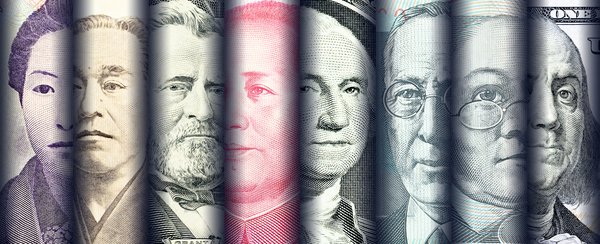Embezzlement is a financial crime that, depending on the severity, can result in lengthy jail sentences for those convicted. Individuals, companies, and institutions that fall victim to embezzlement schemes can face serious financial and reputational harm.

What is it?
What is embezzlement?
Embezzlement is a type of financial fraud that occurs when a person or group intentionally misuses money or assets they have been entrusted to manage or use as part of a business. This typically involves diverting funds from their intended purpose so that the person or people committing the crime can profit.
What counts as embezzlement?
What counts as embezzlement?
Embezzlement occurs whenever a person or group intentionally misappropriates legally obtained funds or assets that have been put in their care.
For instance, an employee who has access to a corporate account and uses it to make unauthorized personal purchases would be an embezzler. A cashier taking money from the cash register they have been put in charge of or an employee taking office supplies for personal use would also be considered embezzlers.
Ponzi schemes are another type of embezzlement. These schemes typically involve luring investors in with the promise of returns that are impossible to sustain. As more people are lured in, early investors in the scheme can actually be paid out -- lending credibility to the operation.
Embezzlement versus money laundering
What is the difference between embezzlement and money laundering?
Embezzlement is sometimes confused with money laundering, but these are two different crimes. Embezzlement involves misappropriating money or assets from legal sources. Money laundering involves disguising funds obtained through criminal acts by funneling them through legitimate businesses.
Let's say a restaurant owner was to steal $10,000 from a friend and wanted to make it seem like the money came from a legitimate source. They could attempt to hide the proceeds from the theft by showing the money as business income. This would be an example of how money laundering differs from embezzlement.
Example
A real-life example of embezzlement
Bernie Madoff led one of the largest Ponzi schemes in history and defrauded investors out of an estimated $65 billion.
Madoff was a former chairman of the Nasdaq Stock Exchange and later established a hedge fund promising strong returns. Because the returns were not alarmingly high and some investors were able to cash out, his hedge fund built a positive reputation and was able to continue attracting clients.
Rather than making profitable trades, Madoff actually placed money from investors into an interest-generating bank account and used the proceeds to pay people who wanted to cash out. With his hedge fund continuing to attract new clients, and the stock market in a generally healthy state, he was able to keep up the fraudulent balancing act until the 2008 financial crisis hit.
Related investing topics
With a rush of clients scrambling to withdraw their money from the fund, Madoff could not deliver the sums his clients were owed. The embezzlement scheme had blown up. Madoff confessed the fraud to his sons, who then reported the crimes to the authorities. Ultimately, he pled guilty to the commission of 11 felonies and was serving a 150-year prison sentence before dying in 2021 at age 82.













































